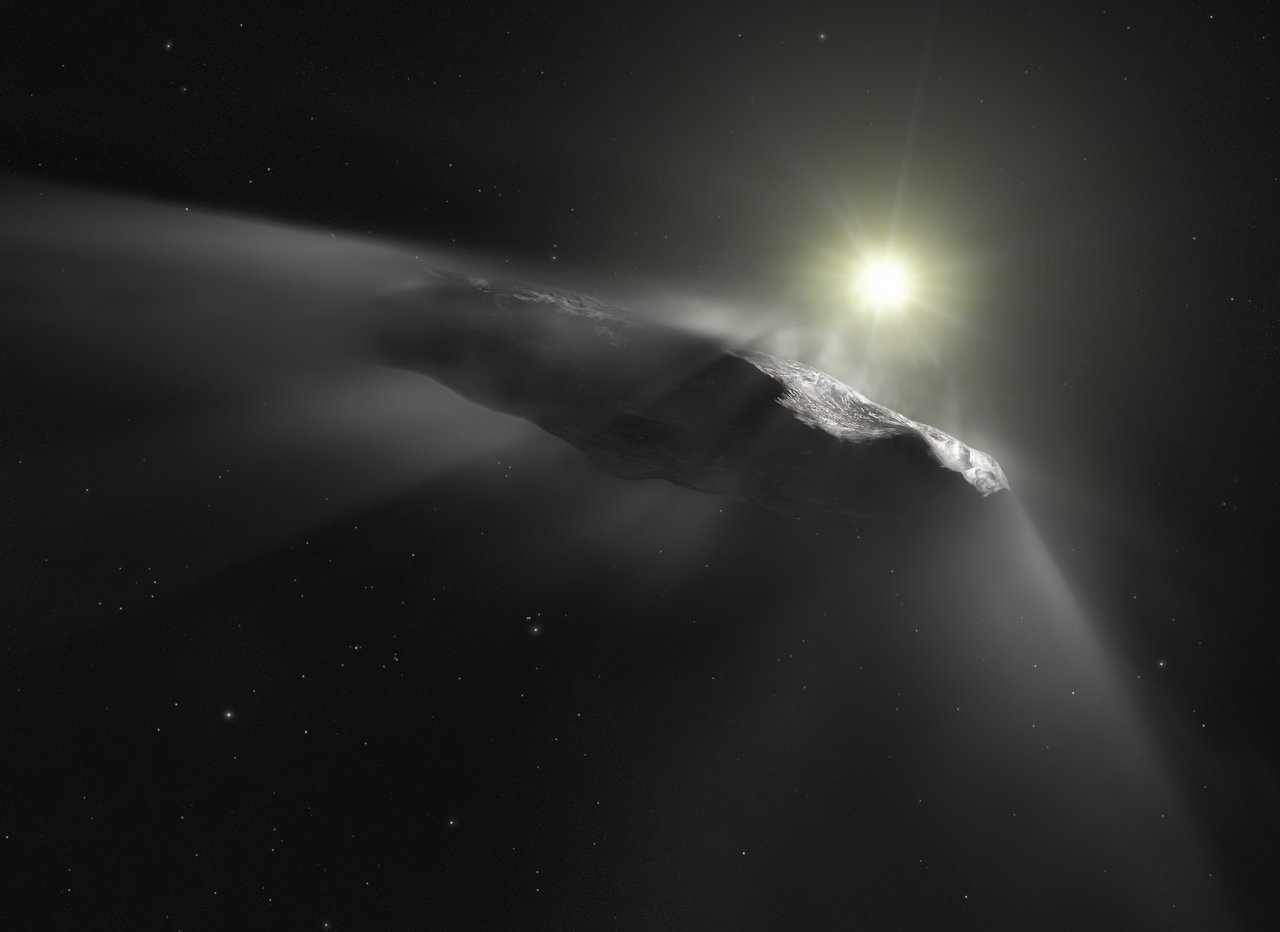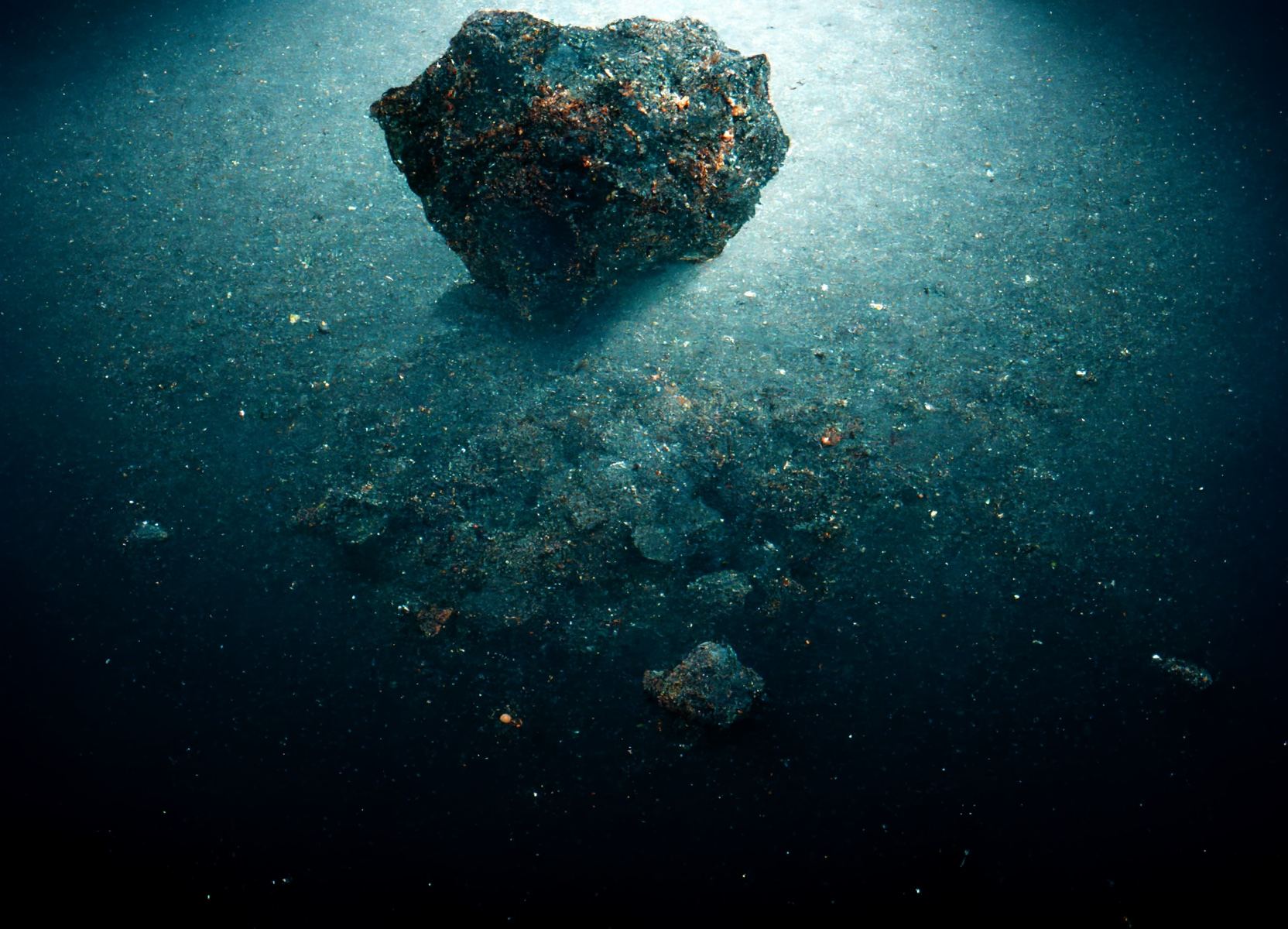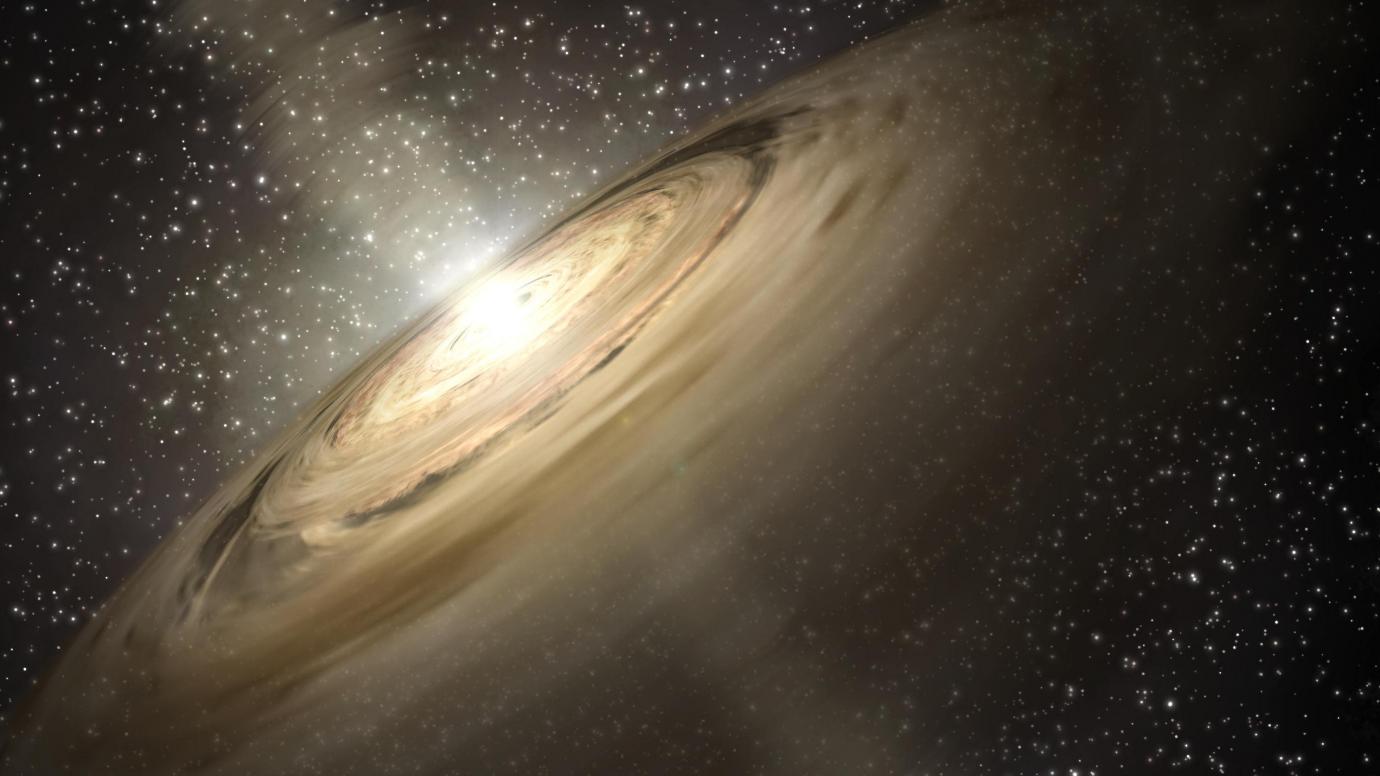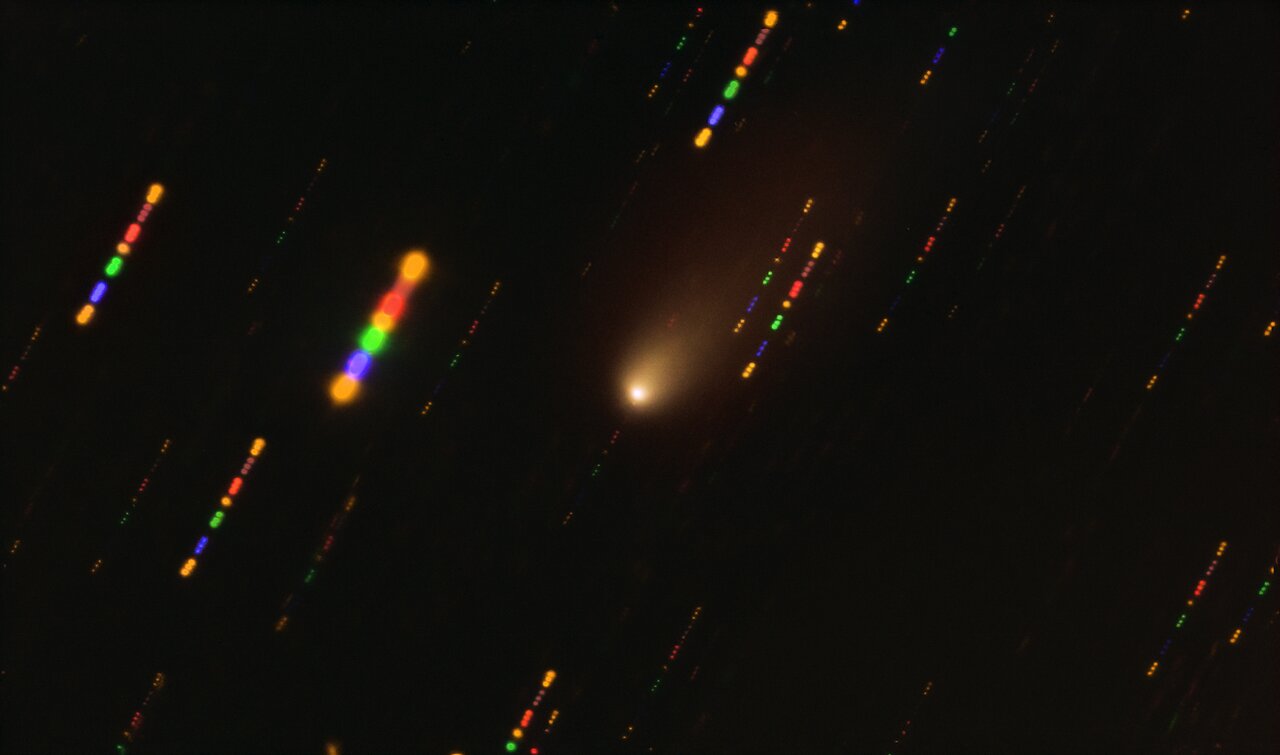Interest in interstellar objects (ISOs) was ignited in 2017 when ‘Oumuamua flew through our Solar System and made a flyby of Earth. Roughly two years later, another ISO passed through our Solar System – the interstellar comet 2I/Borisov. These encounters confirmed that ISOs are not only very common, but pass through our Solar System regularly – something that astronomers have suspected for a long time. Even more intriguing is that some of these objects are captured and can still be found orbiting our Sun.
In a recent study, a team of researchers described a region in the Solar System where objects can be permanently captured from interstellar space. Their analysis determined that once objects are captured by our Sun’s gravitational pull and fall into this region—which could include comets, asteroids, and even rogue planets—they will remain in orbit around the Sun and not collide with it. These findings could have drastic implications for ISO studies and proposed missions to rendezvous with some of these objects in the near future.
Continue reading “A New Study Shows How our Sun Could Permantly Capture Rogue Planets!”







